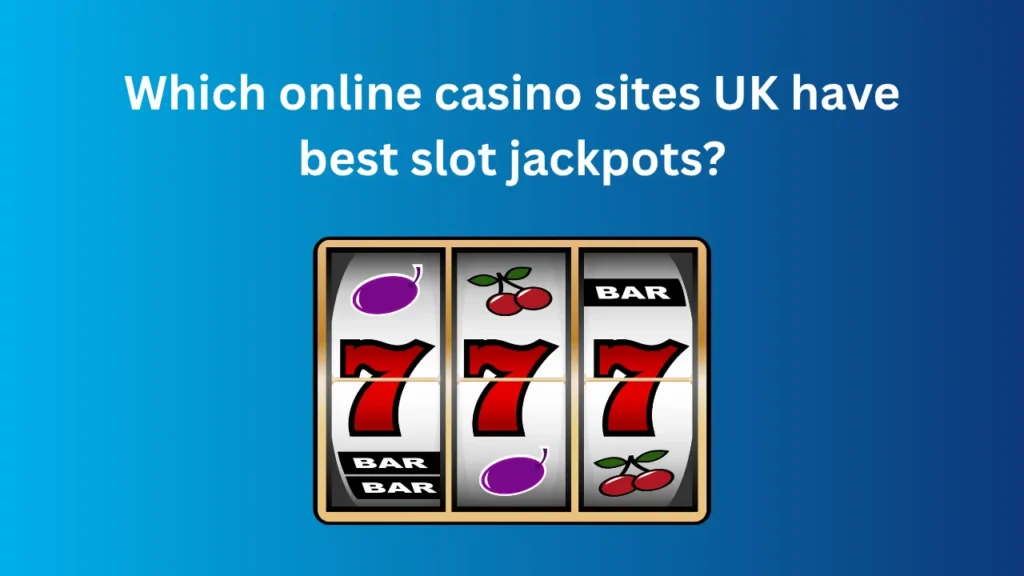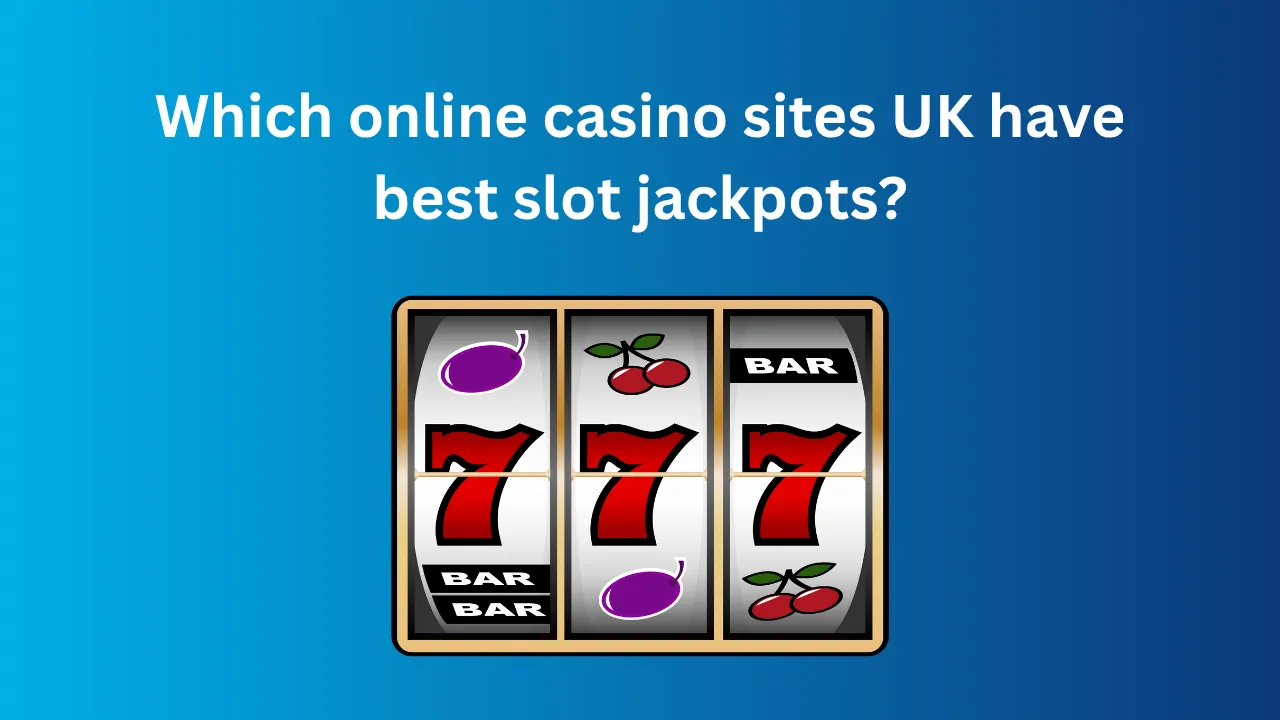Slot machines have always been about excitement, unpredictability, and the chance of hitting a life-changing win. But if you’ve played slots in recent years, you’ve probably noticed something: many modern games don’t just offer a handful of paylines like the old classics. Instead, some boast hundreds — even thousands — of possible paylines. For new players, this can seem overwhelming. Why would anyone need so many paylines, and what’s the real reason casinos and developers push these massive setups?
Having played both traditional three-reel slots and modern multi-line machines, I can tell you that paylines are not just about giving you more ways to win. They represent a fundamental shift in how games are designed, how players interact with them, and how the industry keeps us engaged. Let’s explore why hundreds of paylines are offered and what it means for the player experience.
The Evolution of Slot Machine Design
Classic slot machines were simple. You had three reels and usually just one payline straight across the middle. If three cherries or bars lined up, you won. It was easy to follow and perfect for beginners. But as technology advanced and competition between game developers intensified, slot design became more creative.
Suddenly, machines featured five reels, diagonal lines, zig-zags, and bonus symbols that expanded the ways to win. Today, many video slots come with 243 ways, 1024 ways, or even “megaways” mechanics that can generate tens of thousands of potential winning combinations on every spin.
This innovation aligns with the broader digital gaming trend. Online operators — particularly platforms outside traditional markets like non gamstop casinos — embraced these complex mechanics early on. Players looking for variety and higher engagement found that multi-line slots provided just that, making them a staple of modern casino libraries.
More Paylines Mean More Engagement
At its core, a payline is simply a line across the reels where symbols must land to create a winning combination. The more paylines a game has, the more potential there is for matching patterns. But the value isn’t just mathematical — it’s psychological.
Every spin in a 200-payline slot feels more eventful than in a single-line game. Even if you don’t hit a jackpot, you’re likely to land smaller wins across multiple lines. This creates a sense of constant activity, reinforcing the thrill that keeps players spinning. Developers know that engagement is everything in a crowded market, and more paylines deliver exactly that.
The Illusion of Control and Bigger Possibilities
Players often believe that choosing to activate more paylines gives them more control over their chances. While the underlying math of slots is still governed by random number generators (RNGs), the ability to adjust paylines adds a strategic layer. It feels empowering to decide whether to play conservatively with fewer lines or maximize the action by activating them all.
What’s more, multiple paylines open the door to bigger, more varied payouts. A single spin might produce three small wins on different lines, which can add up to a satisfying total. This sense of multiplicity gives players the impression of higher odds, even though the house edge remains built into the system.
How Developers Use Paylines to Add Features
Paylines aren’t just about wins; they also allow developers to design more complex bonus rounds and game mechanics. Scatter symbols, wild multipliers, cascading reels, and free spin triggers often depend on paylines.
For example, in megaways slots, the number of symbols on each reel can change with every spin, creating thousands of possible line combinations. This variability keeps gameplay unpredictable and fresh, encouraging players to stay longer and try their luck with each new outcome.
Without multiple paylines, these features would be much harder to integrate. In a way, paylines are the canvas upon which developers paint their most creative ideas.
The Impact on Betting Strategies
Having hundreds of paylines also changes how players think about bets. In older slots, you might bet one coin per line, making it easy to calculate your wager. But in a 200-line slot, even a small per-line bet quickly multiplies into a larger total stake.
This has two effects. First, it increases the overall amount of money flowing through the machine, which is beneficial for casinos. Second, it encourages players to adjust their strategy — lowering their per-line bet to cover more lines, or focusing on fewer lines with higher stakes. Either way, the flexibility appeals to different player types, from cautious beginners to high-rollers chasing big payouts.
Why Players Love Payline Variety
Not every player is drawn to multi-line slots. Some prefer the simplicity of single-line games where everything is clear and straightforward. But for many, having hundreds of paylines creates a richer, more immersive experience.
It’s a bit like comparing classic arcade games with modern video games. The older ones are charming in their simplicity, but the newer versions give you more layers, more features, and more reasons to keep playing. For the slot enthusiast who values variety, paylines make all the difference.
The Future of Paylines in Slot Design
Looking ahead, it’s clear that paylines will continue to evolve. Already, some developers are experimenting with “cluster pays,” where wins are based on groups of symbols rather than lines. Others are refining the megaways format or integrating paylines into 3D and VR slot experiences.
While the industry will always cater to traditionalists, the trend is unmistakable: more paylines, more complexity, and more innovation. The demand for immersive, fast-paced gameplay ensures that hundreds of paylines are here to stay.
Conclusion
Slots with hundreds of paylines aren’t just about offering more ways to win — they’re about shaping the entire player experience. From boosting engagement and fueling excitement to enabling advanced features and flexible betting strategies, paylines have become a cornerstone of modern game design.
Whether you play at traditional casinos or explore digital platforms, the presence of multi-line slots is no accident. They represent the industry’s ongoing effort to innovate, entertain, and keep players invested. And as technology continues to evolve, so too will the ways developers use paylines to capture our attention and imagination.





